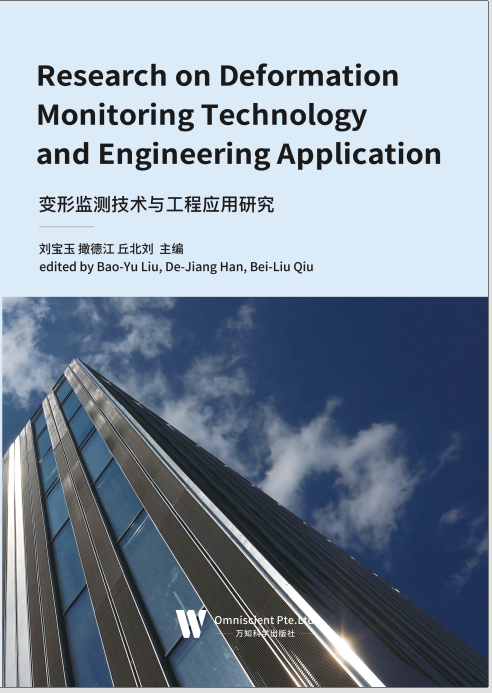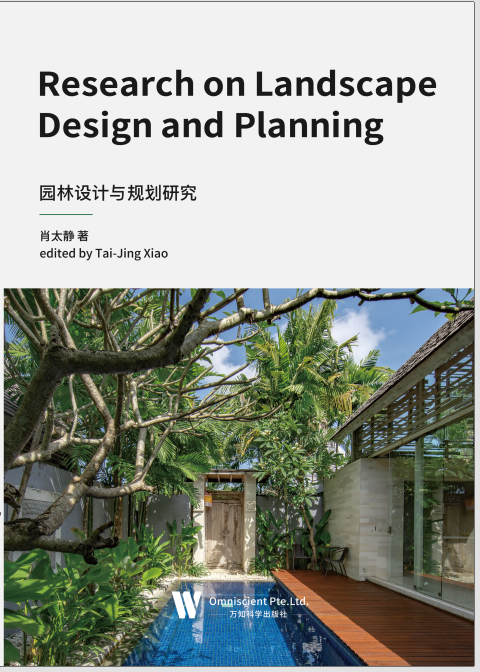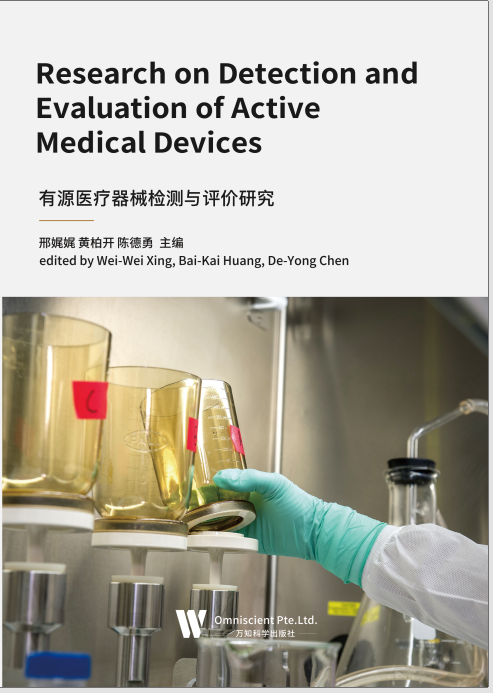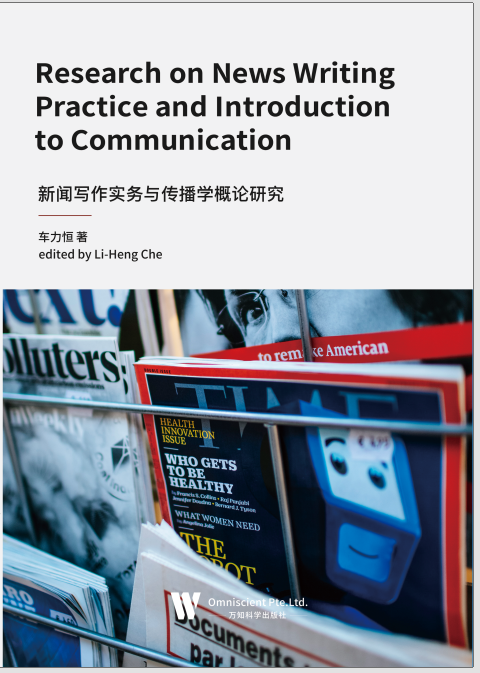
随着我国经济管理体制由计划经济体制向社会主义市场经济体制转变,财务管理也由过去企业辅助性管理转变为企业主导性管理, 对企业经济活动起着综合控制、综合平衡、综合反映、综合监督的作用。
财务分析既是一门科学,更是一门艺术。 为了适应当今市场经济建设对企业财务会计信息管理控制的需要,从企业纷繁复杂、 真伪难辨的财务数据中真实有效地揭示出企业的财务状况和经营成果,本书本着理论与实务并重的原则组编相关内容,有利于广大实际工作者学习应用,可以成为实际工作者进行财务分析工作的良师益友。
由于审计在现代社会的经济生活中发挥着越来越重要的作用,社会对审计工作的质量提出了越来越高的要求, 所以对审计活动的管理也就显得越来越重要。 同时,随着审计活动范围的不断扩大和审计活动的日益复杂化, 加强审计管理也相当必要。随着审计事业的发展,加之审计管理工作要求高,涉及范围广,不仅需要提高审计管理人员的管理水平,更需要加强整个社会的审计管理意识,以更好地使审计工作为社会经济发展服务。
本书适合作为普通高等院校会计学、财务管理、工商管理、金融学、经济类各专业及其他相关专业师生开展“财务分析与审计管理”课程的教材,也适合作为企业经营管理者进行企业经营管理决策分析的参考资料, 还可作为社会各界人士了解,学习和掌握财务分析的阅读参考书籍。
在本书的写作过程中,我们参阅了国内外大量的参考文献和资料,也查阅了大量与教材内容有关的新闻报道;准则法规和政策文件等,在此,对所有在企业管理和财务分析研究领域的专家和学者致以最诚挚的谢意。

本文一共分为十三章,前六章详细介绍了变形监测的原理和方法,后七章主要介绍了变形监测在典型工程中的实际应用。
变形监测的方法包括沉降监测技术、水平位移监测、建筑物内部监测、 GPS 技术的应用以及自动化监测技术,其中重点介绍了水平位移、垂直位移、挠度、裂缝等的监测技术。
在实际应用中,主要以工业与民用建筑、基坑工程施工、桥梁工程、地铁盾构隧道施工、水利工程、边坡工程以及软土地及沉降与稳定等方面为主,详细论述了变形监测在实际工程中的具体应用,以便更好地理解变形监测技术,读者可根据实际工作需要选读其中的有关章节。

园林设计具有比较丰富的功能,它不仅包括装饰、服务、休息,也包括文化和管理。当代城市园林艺术是动态的社会、经济、生态变化的演进形象。它反映了历史、自然和文化进程、城市进程。园林设计与园林艺术依赖于涉及精神层面、物质层面、理性层面和感性层面,二者可能受到审美艺术的影响,并关注形式、技术、物质和功能的美。城市中的园林设计具有生态、经济、心理和社会影响。
园林的设计总的来说是要反映出人们的大众审美眼光和时代的科技水平,它也是人们对于一种理想化的生存空间的向往,一个可以放松心灵的休憩之地。在现代进行园林的选址已经不是只局限在名山大川之中了,而是多在城市之中,处于交通枢纽甚至闹市街头,以及各个大型的住宅区或者工业区,在园林建设中使用的材料也不再只是简单的植物和建筑材料,而是加入了更多的现代化元素,例如灯光、音响和水体等等。
随着经济的发展,我国城市化进程进一步加快,同时促进了我国城市园林建设的发展。改革开放 30 年来,我国园林规划设计百花齐放,城市园林发展在速度和数量上都是空前的。园林设计为人们营造一个个优美的环境空间,供人们观赏、游憩、娱乐,在现代城市钢筋混凝土森林中,重新回归大自然的乐趣。园林景观也作为城市景观的重要组成部分近些年受到人们的高度关注。

随着医院大量先进的医疗设备相继装备到位,促进了医院临床诊断水平的不断提高。与此同时,因设备的故障、质量等诸多问题或多或少地影响了临床医疗活动的正常运行。在这前提下,作为医院物资的管理部门就必须不断创新,完善医院医疗设备检测标准,探索与建立医疗器械使用安全事件监测、评估和控制的标准与实施方法,甄别医疗设备全生命周期管理中的风险点,加强风险防范与监控,探索风险分析、安全运行、质量控制、风险防范等实施方法与评价标准,加强设备维护保养,防控风险,确保医疗设备安全、有效的运行。
我国的医疗器械检验机构经历了上世纪近二十年的基础建设阶段和本世纪近十年的快速发展阶段,与我国的医疗器械行业发展相辅相成,共同进步。随着我国政府对于医疗器械这个亮点行业与日俱增的重视,随着新的政策不断推出和完善,相信医疗器械检验机构能够及时抓住历史机遇,正确面对挑战,勇于改革创新,提升自身能力,为我国医疗器械行业健康发展发挥更大的作用。

我国社会的文化经济随着我国改革开放的不断深化也逐渐走向快速发展的道路,与此同时,新闻研究在我国也达到了前所未有的发展深度和广度,在理论与实践方面新闻学都取得了非常大的进步。随着互联网以及网络新闻的迅速发展,受众对信息质量以及新闻信息量具有越来越高的要求,在这样的环境下新闻写作有了新的发展要求。在这个过程当中,新闻写作研究涉及新闻写作教学中技巧、方法以及观念的各个层次和方面,使我国的新闻写作研究受到了深刻的影响。在改革开放的时代大环境下,新时代新闻写作及其研究开始逐渐兴盛起来。在讨论新闻学有学无学的过程中,其逐渐将自己的理论体系完善起来了。
传播是人的一种基本社会功能, 凡是研究人与人之间的关系的科学, 如政治学、经济学、人类学、社会学、心理学、哲学、语言学、语义学、神经病学等,都与传播学有关。传播过程中各基本要素的相互联系与制约,信息的产生与获得、加工与传递、效能与反馈,信息与对象的交互作用,各种符号系统的形成及其在传播中的功能,各种传播媒介的功能与地位,传播制度、结构与其他社会领域的关系等。
新闻写作与传播学势必会形成多样化的发展趋势。学者们对新闻写作的研究,一定会推动我国新闻写作水平的不断提升。